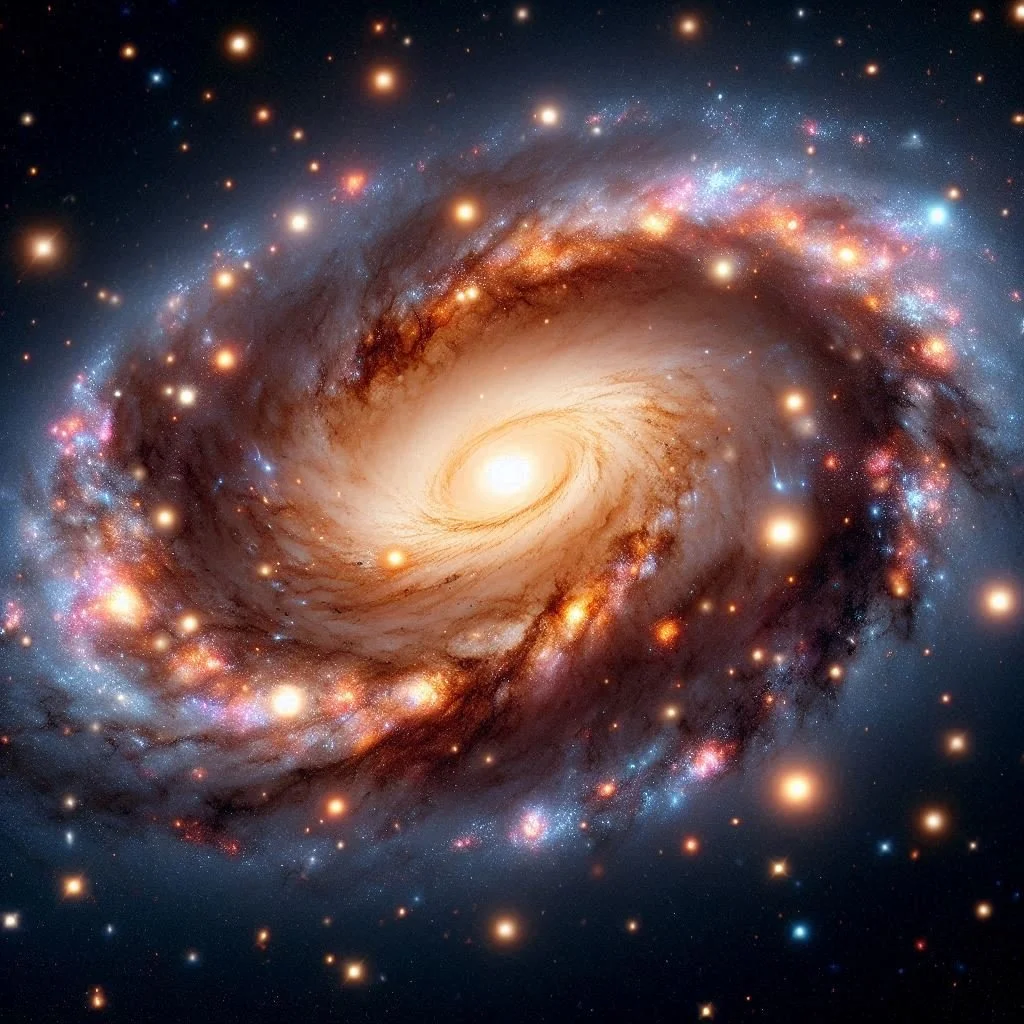
Unveiling the Secrets of Metal-Poor Stars: Tracing Single Supernova Enrichment
Yutaka Hirai and colleagues used simulations to study mono-enriched stars, which form from a single supernova's ejecta. They found these stars are rare, with higher fractions at lower metallicities, and mostly form early in a galaxy's history near its center. This work provides new insights into early star formation and nucleosynthesis, with future observations expected to confirm these predictions.

Understanding Star Formation and Metal Enrichment in Ultra-Faint Dwarf Galaxies
The study explores how different Initial Mass Function (IMF) sampling methods affect star formation and metal enrichment in Ultra-Faint Dwarf (UFD) galaxies using simulations. The researchers find that the individual IMF sampling method produces more continuous star formation, higher stellar masses, and greater metallicities compared to the burst and stochastic models. The results emphasize the importance of accurate IMF modeling for understanding UFD galaxies' evolution and alignment with observed properties.

Star Formation History of Gaia-Sausage-Enceladus: What Elemental Abundances Reveal
The study by Ernandes et al. investigates the star formation history of the Gaia-Sausage-Enceladus (GSE) galaxy using elemental abundances from its stars. The results show that GSE's star formation began gradually and extended for over 2 billion years. However, it ended abruptly, likely due to its merger with the Milky Way. Comparing GSE's chemical patterns to dwarf galaxies like Sculptor and Fornax reveals that GSE's history was similar to Fornax's slow growth but was cut short by external forces.
